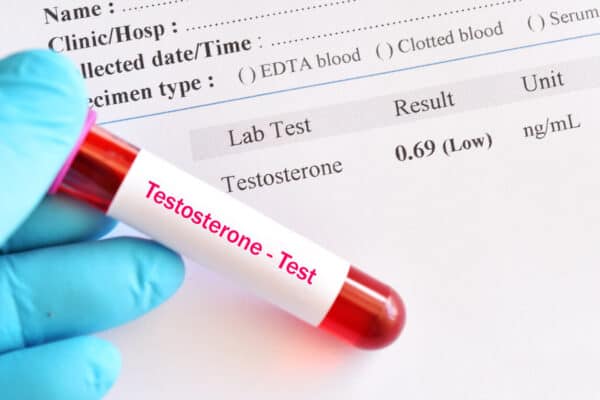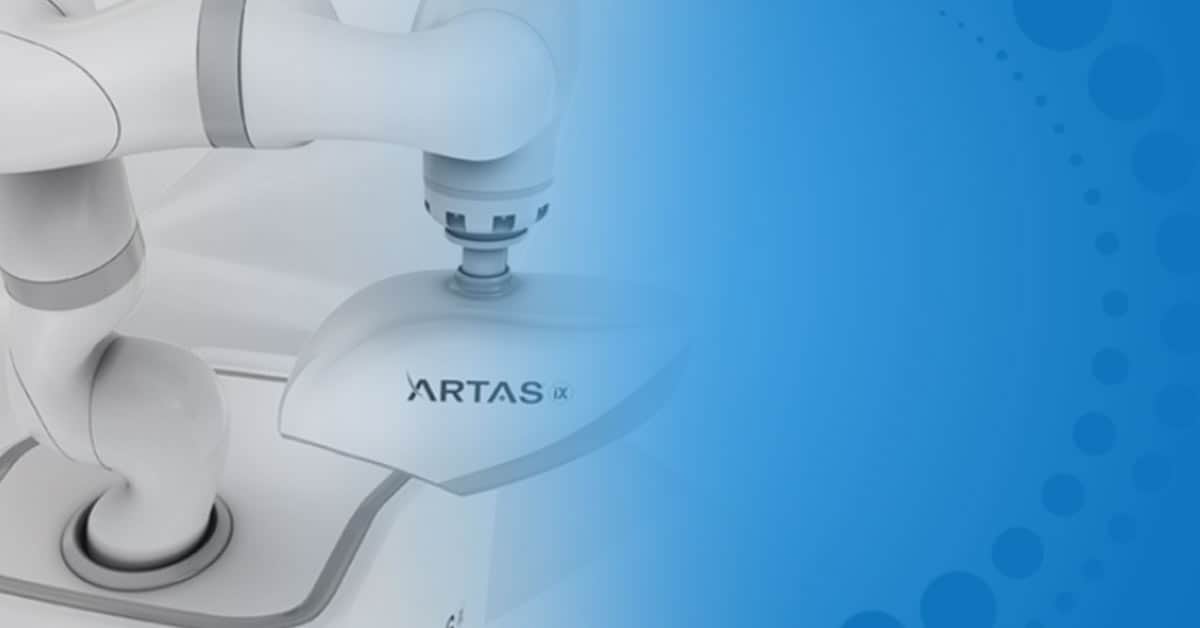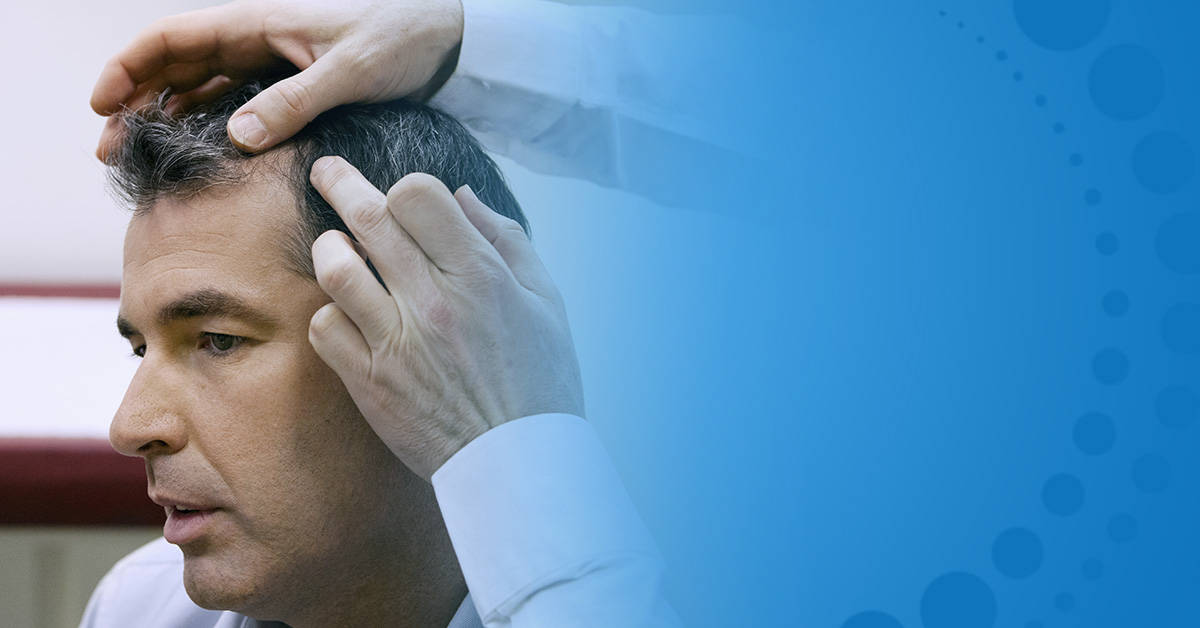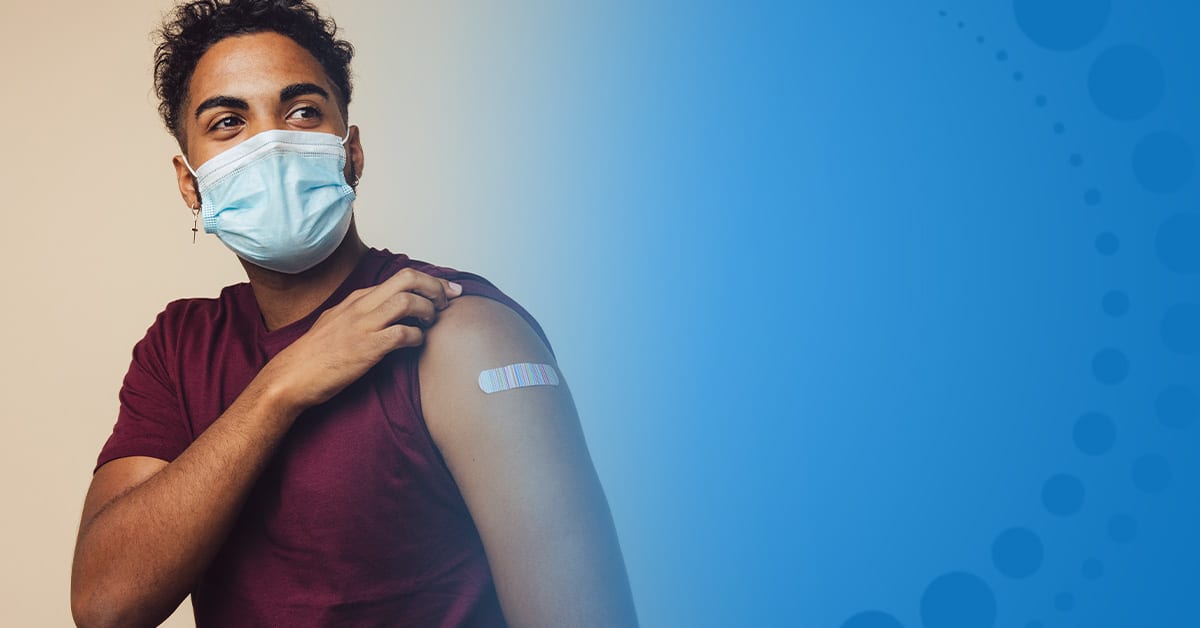The Connection Between Testosterone and Hair Loss
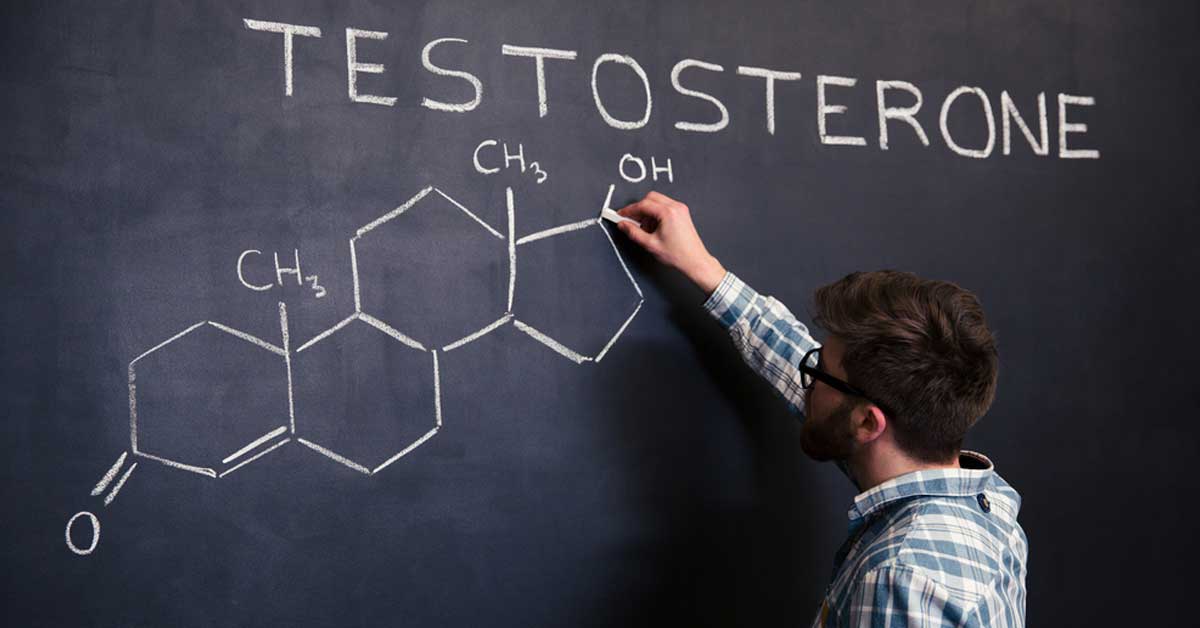
Testosterone baldness myths abound, with some people believing a deficit in testosterone causes hair loss and others believing an over-abundance does. The real answer is a bit more nuanced.
What Is Testosterone?
Testosterone is a hormone present in all genders. Men have more testosterone than women, but it’s vital to both.
In men, testosterone affects:
- Sexual organ development and sperm production
- Male-presenting hair growth
- Voice changes during puberty
- Muscle strength and size
- Libido
In all genders, testosterone affects bone strength and bone density. In women it affects ovarian function and research indicates a connection to women’s libido as well… though it’s not conclusive.
How Does Testosterone Affect Hair Loss?
Testosterone levels are commonly cited when discussing androgenic alopecia – which is also known as male pattern baldness and female pattern baldness. In men, this most commonly manifests as a receding hairline (especially starting on the sides) which appears as a M-pattern.
Gradually over time, if not treated, the hair loss will continue until the man has little or no hair on the top of his head. A ring of hair around the sides of the head usually remains. This is generally where the donor hair is taken for hair restoration procedures like the ARTAS® Robotic Hair Transplant System… which we use here at Austin Hair Restoration Clinic. The robot allows us to transplant donor hair follicle by follicle to create a natural hairline in an almost painless process.
In female pattern baldness, the hair loss manifests as overall thinning instead of the M-pattern found in men. Hair can become thin enough in parts of the scalp to create a bald patch, but that’s not always the case.
What Causes Androgenic Alopecia?
While testosterone is commonly blamed for male pattern baldness (a.k.a. androgenic alopecia), the actual cause is genetic. However, testosterone does play a role.
People with the genetic trait for androgenic alopecia have a susceptibility to DHT. Properly known as Dihydrotestosterone, it is created by enzymes that convert testosterone into DHT – whether that testosterone is found in a prostate and testes or ovaries.
DHT is a sex hormone that is actually more powerful than testosterone itself and contributes to the growth of hair everywhere except the scalp. For those with the genetic tendency to androgenic alopecia, DHT can attach itself to scalp hair follicles causing them to shrink. This leads to shorter and shorter hair growth cycles while hair strands become lighter and softer.
Male pattern baldness commonly reacts well to hair restoration procedures like the ARTAS® Robotic Hair Transplant System. So long as the person has good donor hair; an excellent, natural-looking, and more youthful result can be possible.
Thinning Hair? Call Austin Hair Restoration Clinic
If you’re suffering from male pattern baldness, you may be a great candidate for the ARTAS® Robotic Hair Restoration procedure. At Austin Hair Restoration Clinic we can transplant donor hair follicle by follicle to create a natural-looking hairline and – even better – the process involves minimal scarring, quick recovery, and almost no pain.
If you want more confidence and a more youthful appearance, contact us for a free consultation to determine if you’re a good candidate for the procedure with sufficient donor hair. Contact us today for a free consultation.
Dr. Sanjeev Dubey is an experienced hair restoration and emergency medicine physician in Austin, Texas. He holds a medical degree from the University of Texas Medical Branch (UTMB) and has been practicing medicine for over two decades. His affiliations include Seton Medical Center Austin, Seton Northwest, and various local hospitals.

